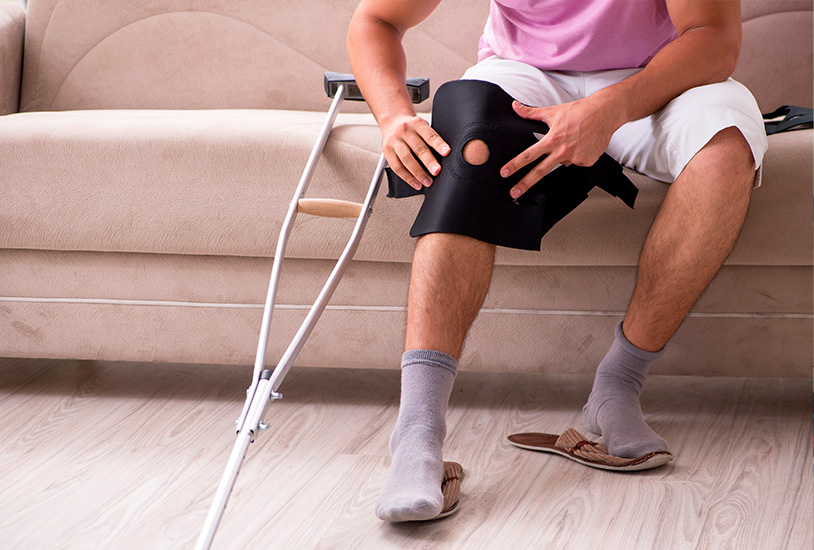Post-operative care
Remote patient assessment in real-time
curaguard can enable-
- Safe, early discharge from hospital.
- Early detection of infection, reducing readmission and revision surgery.
- Optimise patient engagement, improving functional outcomes and satisfaction levels.
- Real-time, remote, assessment and management of clinical caseload.
- Enables remote, objective reassessment using real world technologies.
- Achievement of extensive cost and time savings.
BOOK A DEMO
curaguard™ requires no infrastructure.
See the benefits of curaguard™ by requesting a demo today.

CASE STUDY
All patients were introduced to curaguard pre-operatively and added to the monitoring platform on day 3 post arthroplasty, prior to their discharge.
Their data submissions were reviewed each morning by the lead physiotherapist, who then determined who needed positive feedback & encouragement, who needed a telephone or virtual appointment review, and who needed to be brought back to clinic for face-to-face review that day.
Data consisted of objective metrics, such as joint range of motion, determined automatically via 2D motion capture, step count, exercise adherence, medication consumption and subjective measures, such as pain levels. Additional metrics were also monitored for patients with co-morbidities.
Data alerts were set for when outlying metrics were received, indicating clinical deterioration. All data was exported each day to the clinics electronic medical record.
Over a 6-month period curaguard facilitated
- Significant improvements in staffing efficiencies and dramatic per-case cost savings
- Consistent patient engagement in the rehabilitation process
- Improvement in patient satisfaction
- Continuous, contemporaneous data to support decisions.
- Early detection of risk via immediate negative trend detection


